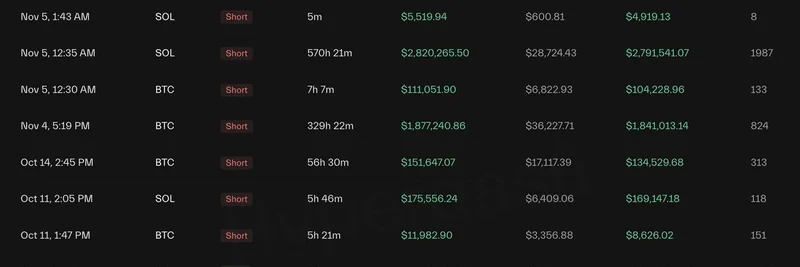In the fast-paced world of blockchain, where new tokens pop up daily, Solana is making waves as the preferred launchpad. A recent tweet from Jon Charbonneau, co-founder of DBA Crypto and a well-known figure in the crypto research space, sparked a lively discussion on this very topic. He posted: "solana showing once again its the best place to launch a token today - the chain just works
the biggest hurdle now is getting more real projects to launch tokens" View the original tweet.
Jon's point is straightforward—Solana's infrastructure is reliable and efficient, making it ideal for token launches. Unlike some other blockchains that might struggle with congestion or high fees during peak times, Solana "just works," as he puts it. This reliability has turned it into a hotspot for everything from viral memecoins to more serious ventures.
But the conversation didn't stop there. Replies poured in, highlighting both praise and criticism. One user, Simon from Delphi Digital, quipped back: "best place to extract anywhere," suggesting Solana's permissionless nature makes it equally appealing for quick-profit schemes like extractive memecoins. Jon responded by noting that the same infrastructure supports both tokenized equity (think digital shares in real assets) and those opportunistic memecoins. It's the double-edged sword of a truly open system.
Others chimed in with their takes. Defido suggested "The chain just works" could be Solana's new slogan, emphasizing its uptime and performance. On the flip side, critics like CupoJoseph argued that "real projects use Ethereum," pointing to the established ecosystem there. There's also skepticism about Solana's dependence on certain players, with one reply mentioning Jump Crypto's influence and accusing the post of "fake rage baiting."
Amid the banter, practical concerns emerged. Magic from Jito Foundation mentioned that plenty of legit projects have already launched on Solana, but token economics remain tricky—especially for categories like DePIN (Decentralized Physical Infrastructure Networks), which aim to tokenize real-world assets like wireless networks or energy grids. Success in DePIN seems inevitable, but designing tokens that add real value without being gimmicky is a challenge.
One reply highlighted potential pitfalls in Solana's memecoin scene by quoting a post about a new Kanye token, where analysis showed at least 94% insider ownership. This raises red flags about fairness in launches, with a single multisig controlling 87% initially, plus other concentrated buys.
Images like this underscore why some view Solana as a wild west for tokens—easy to launch, but prone to manipulation. Yet, as MartyParty noted, regulatory clarity, like potential market structure laws, could open the floodgates for more institutional involvement.
For meme token enthusiasts and blockchain practitioners, this thread is a snapshot of Solana's current state: technically superior for launches, but needing more "real" projects to balance the memecoin frenzy. If you're building in crypto, Solana's speed and low costs make it worth considering, but always do your due diligence on token distributions and project legitimacy.
As the ecosystem evolves, keep an eye on how Solana addresses these hurdles. Whether it's through better tools like improved derivatives platforms (as one reply suggested fixing Drift) or attracting more DeFi and DePIN innovators, the chain's future looks promising. For more insights on meme tokens and blockchain trends, stay tuned to Meme Insider.



